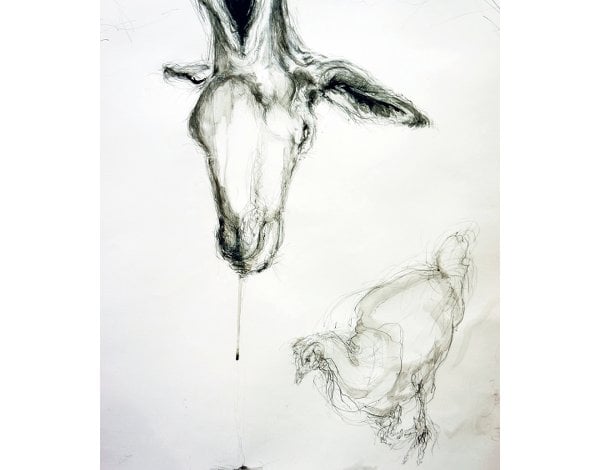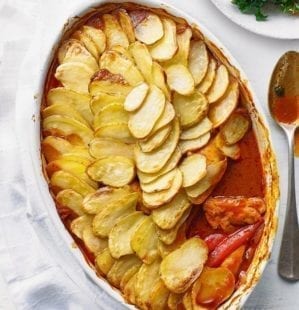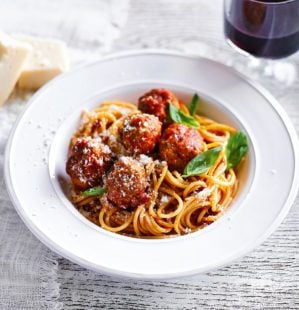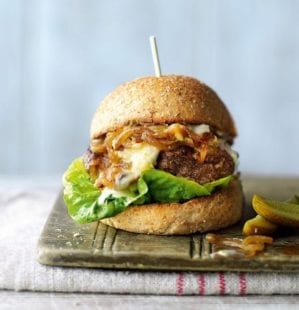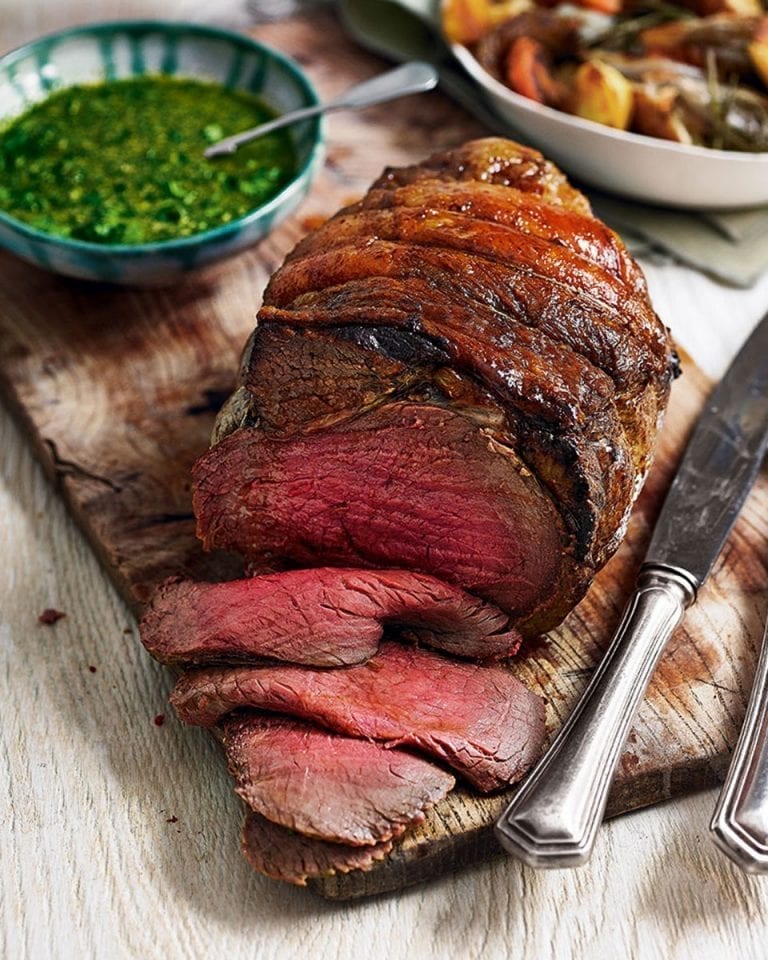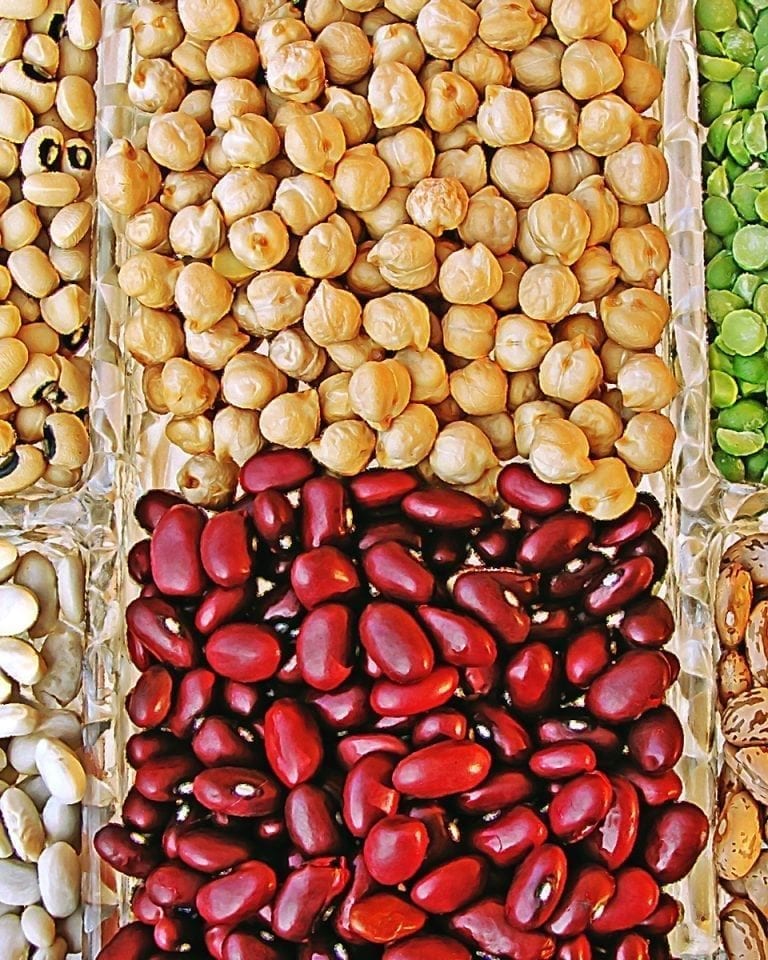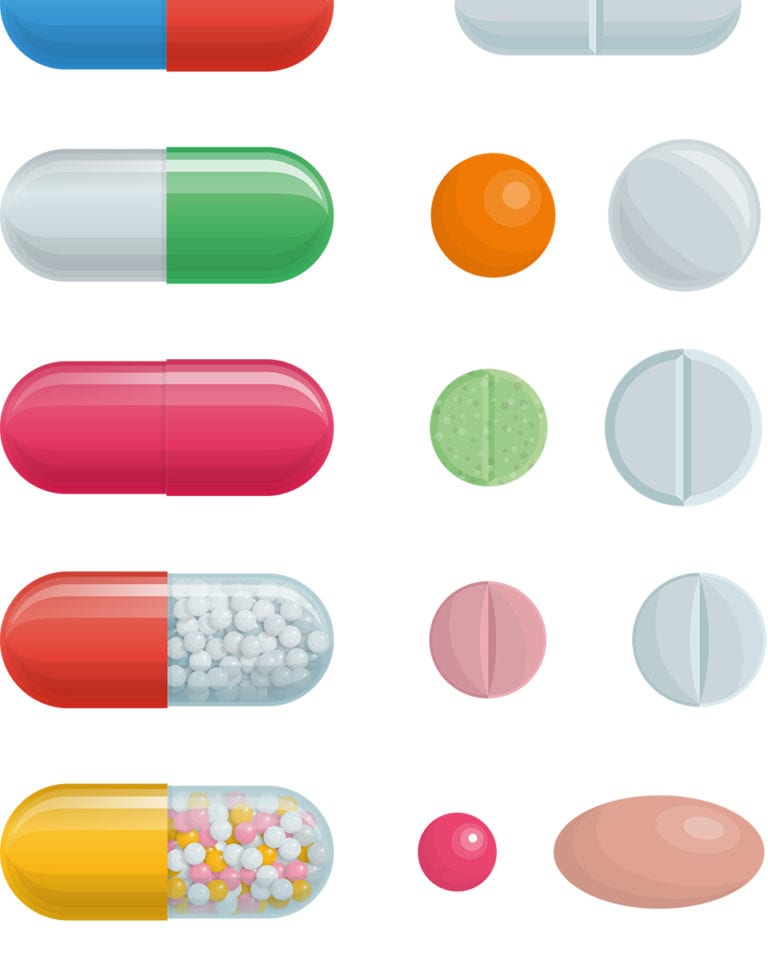The rant: Getting to the meat of the matter
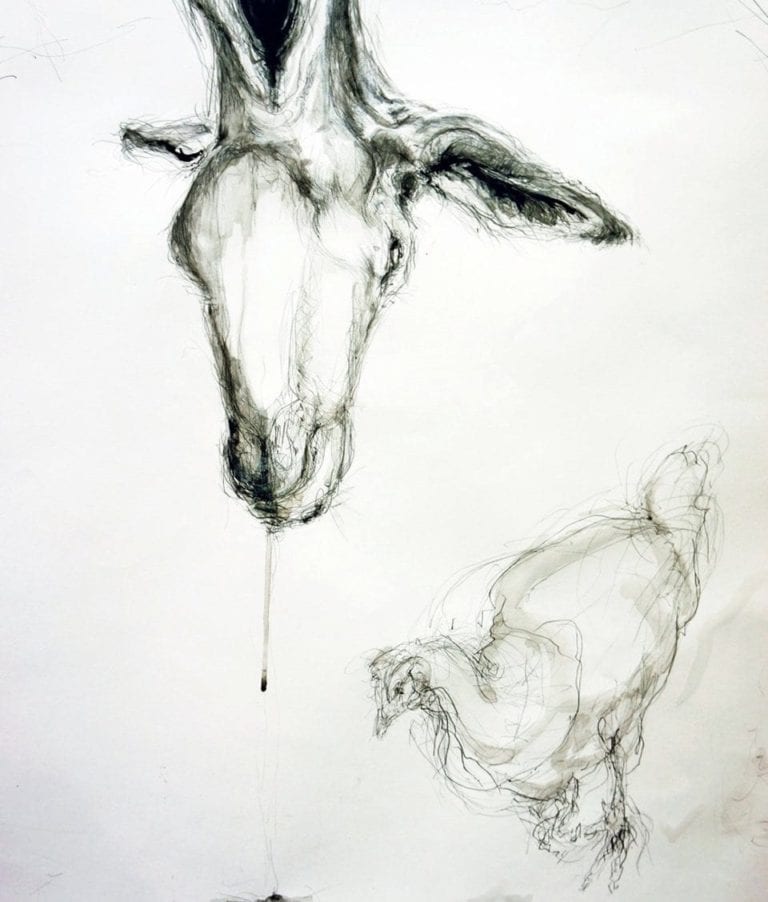
Why do we feel the urge to shield young people from the reality of where meat comes from and how it makes the journey from field to plate? Solange Leon Iriarte thinks it’s time we stopped being so squeamish…
The relationship between artists and their models has long been cause for controversy. Me? I eat mine.
I’ve probably spent more time than the average cook in the detailed examination of dead creatures. Animals – particularly game animals such as deer, rabbits and pheasants – were the subject of a recent London art exhibition of mine called Palatable. I spent days falling in love with every inch of each creature, drawing each dimple, absorbing every line… Then when I’d finished drawing them, I’d butcher and eat them.
In learning to butcher, I wanted to explore how and why we’ve become detached from death and sacrifice, in art and on the plate. I wanted to celebrate these real, once-living creatures.
The reaction of my son and his friends to my investigations was intriguing. I thought they’d shy away, but just the opposite. The blood excited them. They ran around the kitchen like hounds on the scent, attracted by a mixture of curiosity and disgust. They were itching to fnd out how, by carefully taking apart an animal, it ‘magically’ becomes food. It was a culinary and biology lesson combined, and they were fascinated.
Not long after, traditional game dealer JBS Family Butchers of Sudbury, a market town in Suffolk, hit the headlines after certain locals petitioned for them to remove animal carcasses, heads, whole rabbits, pheasants and other game from their window display. The reason? It was upsetting for children to see.
This was not about health and safety, but ostensibly about ‘protecting’ the young. But why do we want to shelter children from reality in this way? And how are we to teach and feed our children so they aren’t horrifed by the idea of death, while respecting the life they are eating?
Children eat the likes of fish fingers and chicken nuggets without really understanding that the food was once alive and swimming or pecking about. The meat comes wrapped up in packets, free from fish scales, eyes or fur, and devoid of the sensory, visceral experience that ought to inform how we choose our food. Their understanding of the relationship between animals and the food on their plates consequently remains abstract.
Sure, some children become vegetarian once they make the animal-meat connection. Often they’re thinking of George the pet cat or fluffy farm animals rather than the mass-produced, stuck-in–a-cage-without-daylight kind of animals. Factory farming such as the latter should horrify them – it should horrify everyone, for that matter. But shielding children from the reality of where their food comes from robs them of their ability to make an informed choice.
When we eat, we participate in a life cycle we rarely acknowledge: it takes one life to sustain another. In refusing to acknowledge and honour the life and death on our plate, we are discounting our role in that cycle. Children love learning how things work – how they’re transformed into something else. Children, like adults, need to understand that we are what we eat, and how to respect what eating meat entails. Education is always better than ignorance.
Does Solange’s view resonate with you or infuriate you? Tell us your thoughts in the comments.
Subscribe to our magazine
Food stories, skills and tested recipes, straight to your door... Enjoy 5 issues for just £5 with our special introductory offer.
Subscribe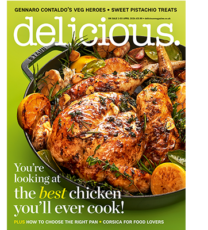
Unleash your inner chef
Looking for inspiration? Receive the latest recipes with our newsletter
